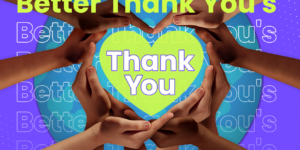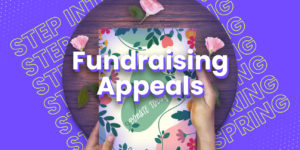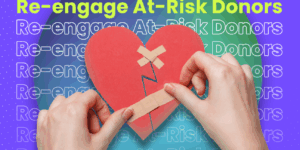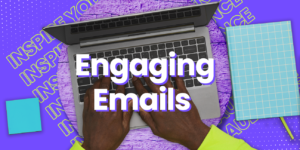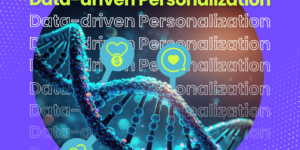You don’t need us to tell you how hard it can be to rise above the noise with your nonprofit’s email campaign. The average office worker in the United States receives 121 emails per day. And almost half of those are considered spam.
If you want to raise more money, it’s important to develop a thorough strategy for your emails.
While it’s great to think holistically, sometimes you just need to make a quick adjustment or two to drastically improve your results. So, here are four small things that can make a huge difference in your ability to raise money with your email outreach and make the world a better place.
Have a sense of style.
Your emails should have a certain feel to them. However, not every type of email should give off the same vibe. Thank you emails, appeals, e-newsletters, and announcements should all feel distinct from one another.
For example, your eNewsletter lends itself well to a unique design, images, and a sidebar with links to other content.
But you wouldn’t take this approach to a thank you email. Instead, consider ditching the fancy layout and using an email that feels like it was typed at someone’s desk moments before pressing send. This helps donors feel like they are being acknowledged on an individual level.
And don’t be afraid to borrow from your print design in your email appeals.
You can help connect the dots for donors by repurposing images, design, and themes from your print appeal in your email asks.
READ MORE: Direct mail fundraising can help you go surround sound.

It’s all about timing.
Have you considered the time of day you launch your nonprofit’s email campaign? Because it will have a significant impact on how many people will open your email and how thoroughly they will engage with it.
We find that 11 a.m. is generally an excellent time to send fundraising emails. With any luck, your donors will sit down for lunch around noon, see your message, and have a few free minutes to read it
However, like anything else in fundraising, there is no uniform approach that works for every organization. It’s important to test, see what your donors prefer, and use that data to drive your strategy.
If many of your donors take public transportation to work and catch up on emails on the way home, they might engage better with a late day email instead.
Several factors can influence what time of day is best for you. For example, consider whether most of your contacts are business or personal emails.
But even if you find a sweet spot, you still don’t want to send every email at the same time of day! Adding variety can help you engage with different audiences within your donor base.
READ MORE: Why are you struggling to retain donors?

Who’s it from?
You can succeed by experimenting with who is listed as the email sender. Using a real person rather than your organization itself makes the recipient feel less like one name out of thousands on an email list.
So, consider sending your emails from someone with whom the recipient is already familiar.
For example, your major gifts officer can send emails to your major donors, and your volunteer coordinator can send emails to those who have volunteered in the past.
You may consider sending an email from someone who is not employed by your organization. Emails from high-level donors, well-known volunteers, or the people your organization benefits are a great way to provide some variety in your email campaigns.
READ MORE: 4 ways nonprofits use data to optimize email outreach.

Always look to improve.
If you try any of the ideas we mentioned earlier and it doesn’t work out, don’t panic!
As you know, there is no one-size-fits-all in fundraising. A strategy that doubles one organization’s revenue may only have a marginal impact on another. So, it’s important to test, analyze, and adjust as often as possible.
But just because something works once doesn’t mean it will yield the same results 50 emails later!
You need to keep things fresh to keep donors on their toes, so they are always excited the next time you reach out.
The important thing here is to keep detailed records of every new thing you try in your outreach. Take notes of what worked well and what didn’t.
More importantly, keep track of specific donors and donor segments and how they respond to these changes. This will help you build more relevant messages for each donor so you can communicate with them more effectively in the future.
But you will never know what you can improve if you don’t try something new! Don’t stagnate. Aim higher and do something different almost every time you launch a new campaign.
Building stronger emails.
It takes more than a few quick changes to build a truly engaging email strategy that excites your audience to make a difference. And that’s why having a strong foundation before taking the next step is so important.
There’s an endless number of small tweaks you can make to create more effective emails. It’s important to always be looking with a critical eye to help get you new ideas.
The next time one of the organizations you support reaches out, note how they handle their email strategy. What really stands out to you? What did you like or not like?
While we’re confident in the tactics we covered in this post, there’s no way we could have covered everything! As always, experiment and find out what works best for your nonprofit.
Want to chat about your unique needs? Click here to book time with a development strategist!
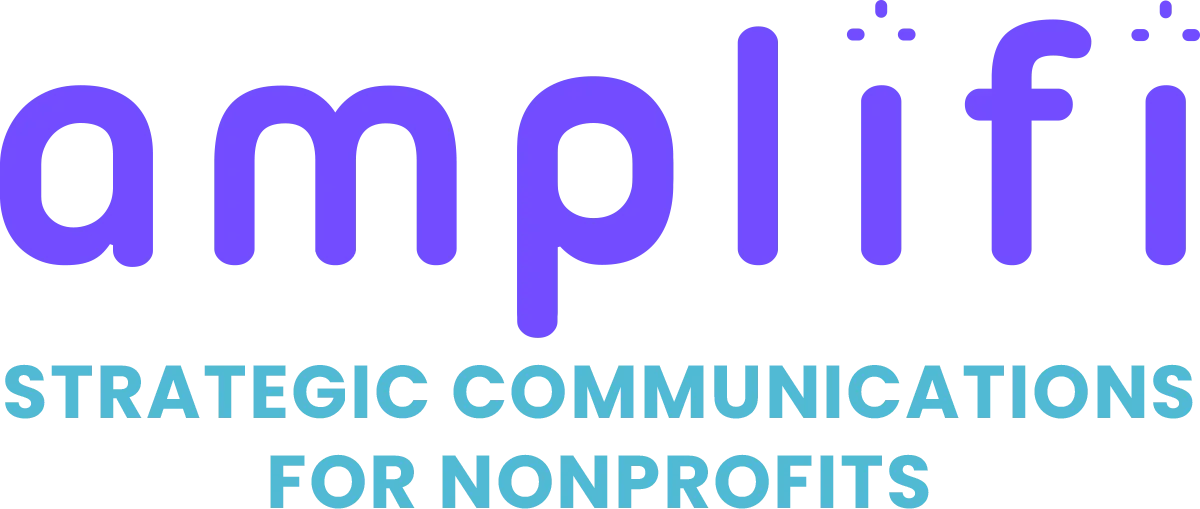
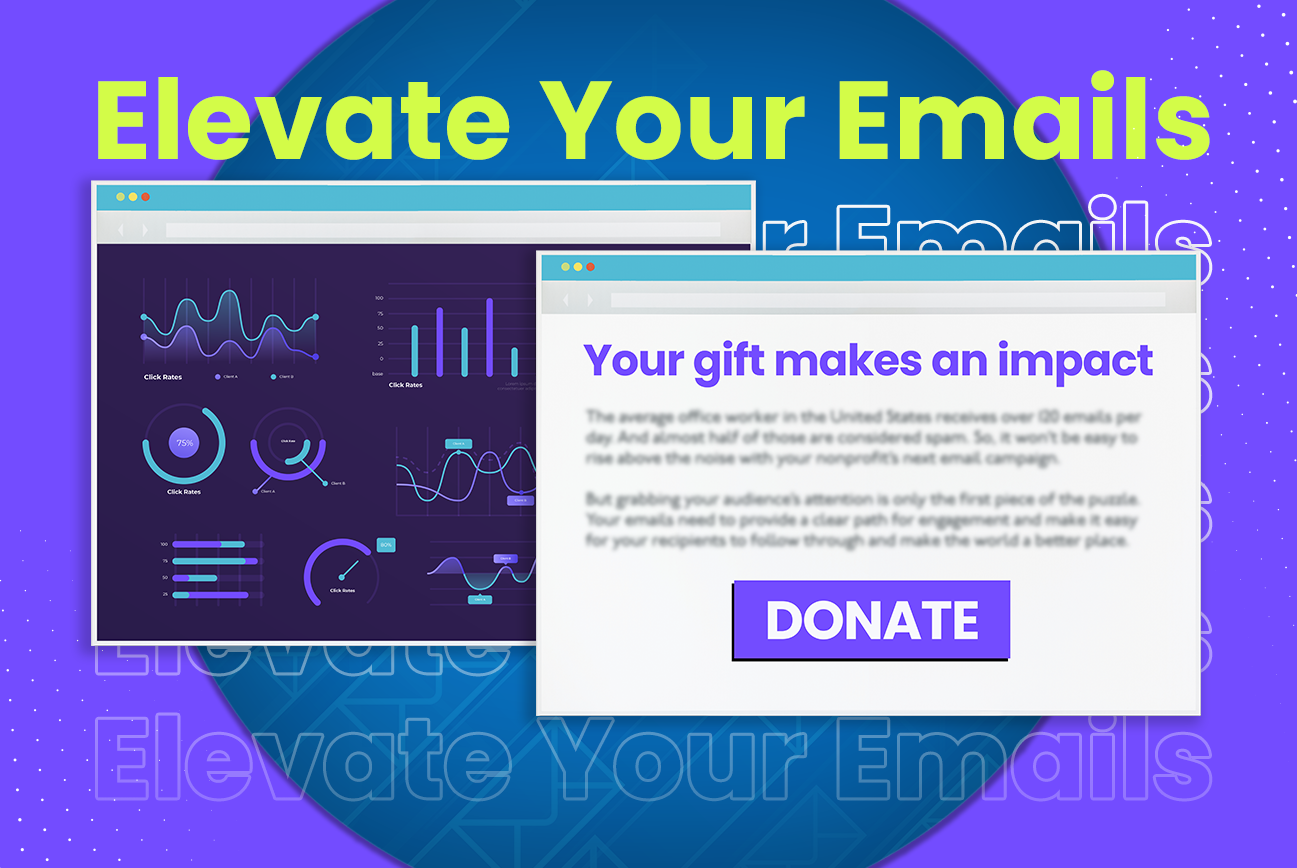
![[amplifi] - eBook pop ups and banners _Emails (Blog) FREE eBOOK: Fantastic Fundraising Emails - The complete guide for nonprofits](https://amplifinp.com/wp-content/uploads/2022/04/amplifi-eBook-pop-ups-and-banners-_Emails-Blog.png)

